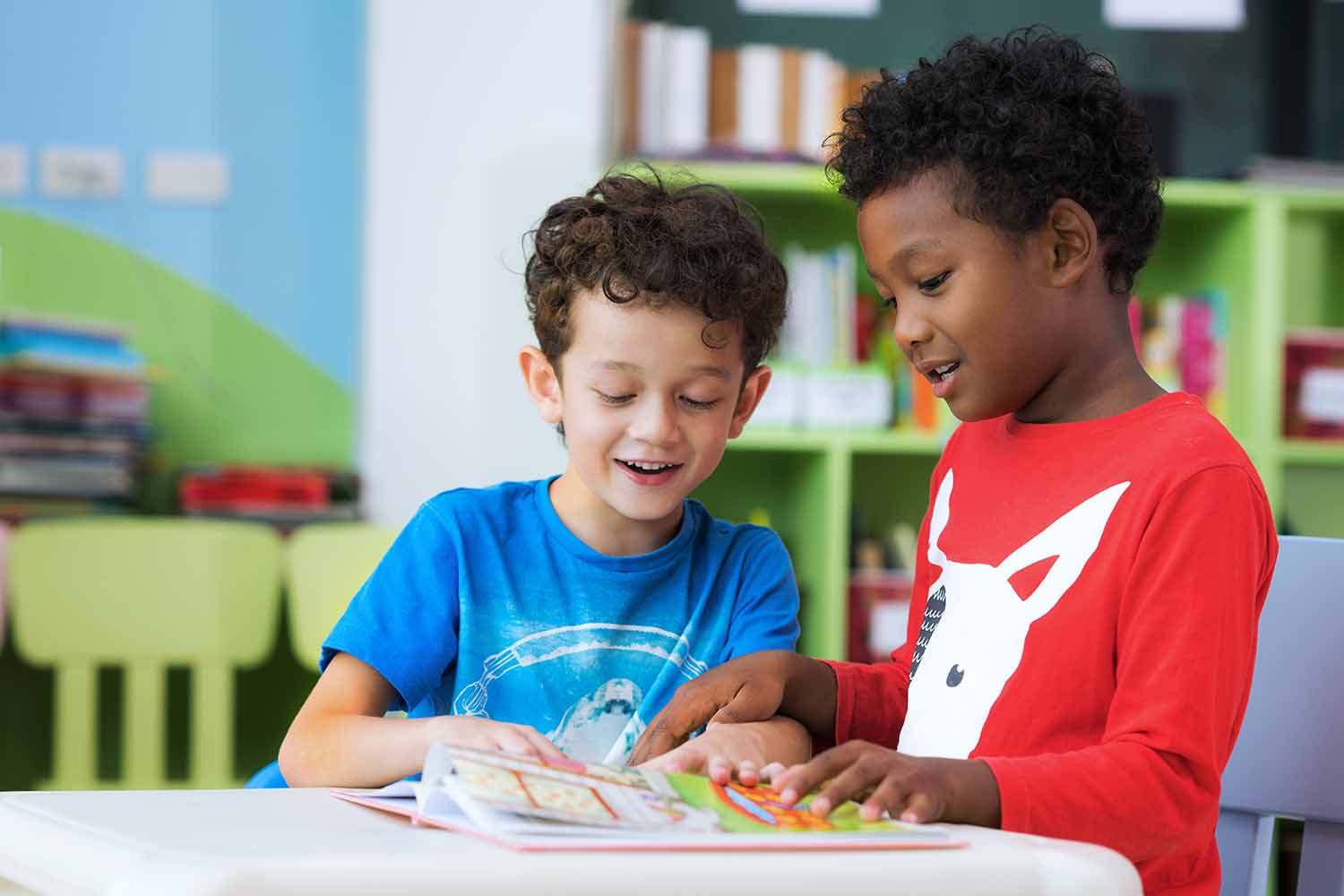5 Kindness Lessons Your Elementary Students Will Love
It’s never too early to start teaching children to be kind. Not only does kindness contribute to a happier and more connected society, it also has many other benefits, including:
- Increased happiness
- Serotonin boosts
- Less stress
- Improved focus
- Deeper interpersonal relationships
Kindness is often thought of as an inherent personality trait, but experts say that it’s a skill that can be taught just like any other. Here are 5 activities you can use to foster kindness in your elementary classroom.
How do you teach kindness to elementary students?
On top of structured activities like the ones we’ll describe today, one of the best ways to teach kindness to elementary-aged students is to model it in your classroom.
Create a kind environment in your classroom. Demonstrate kindness not only to your students, but to other adults you interact with as well. Help your students understand the value of helping others.
Use intentional language to foster kindness in children. For example, your students – especially if they’re in younger grades – may be very focused on “me” and “mine.” And identity development is an important part of growing up, too. But you can use intentional language to also foster a sense of “we” and “us.” For example, you might ask, “How do we think we did in class today?” or, “What would be an activity that would be enjoyable for all of us here?”
Another way to foster kindness is by encouraging empathy. These two skills differ in subtle ways. Kindness is about being generous and considerate of others’ needs. But many say that empathy – the ability to see the world through another’s eyes – is at the root of kindness.
To help your students build empathy, create opportunities for them to think about how others may be feeling. For example, during storytime, you might ask questions like, “How is this character feeling, and why are they feeling this way?”
Lastly, praise and reinforce kindness whenever you see it. Kindness for young children can look like hugging a friend who is sad or sharing a toy. When you observe these behaviors, give specific and immediate praise. Instead of saying, “Good job!” you can say, “I really appreciate how you shared your snack with your classmate. That was really kind of you.” Instead of waiting until the parent-teacher conference to praise the child for their kindness, praise them for these behaviors the moment you see them.
5 kindness activities and ideas for elementary students

There are also lessons and activities you can use to formally teach the skill of kindness to your elementary students. Here are 5 ideas.
Write kind letters
Many schools have pen pal programs that allow their students to exchange letters with students from another school — sometimes in a different country. This can be a great exercise to teach kind speech and empathy.
While your students are writing the letters, encourage them to think about their penpals’ feelings and experiences. It’s okay to write about their own life – but, again, this focuses on “me” and “mine.” Instead, ask them to also consider what they want their pen pal to know. If their pen pal is going through a challenging time, what words could they offer to comfort them? What words or actions would make their pen pal feel happy?
You can also consider having your students exchange letters with one another to lift each other up and strengthen your classroom community.
Use bibliotherapy
There are many children’s books that specifically teach kindness. Have You Filled a Bucket Today? by Carol McCloud is a well-known example, but others include:
- The Big Umbrella, by Amy June Bates
- Ordinary Mary’s Extraordinary Deed, by Emily Pearson
- A Sick Day for Amos McGee, by Philip C. Stead
- I Walk With Vanessa, by Kerascoët
Many of these books also have accompanying YouTube videos or discussion guides you can use to bring home the lesson about kindness.
Classroom act of kindness
As a class, decide on an act of kindness to do for others. This could be anything from surprising your school janitor with a birthday party or taking a field trip to volunteer at an assisted living facility.
Lead discussions about the activity to make sure that all of your students feel invested. How do they think the recipient of kindness will feel when the class does this act for them? How do they (your students) feel when someone is kind to them? And how do they feel showing kindness to someone else?
Kindness circle
One easy way to practice kindness is to lead a kindness circle. Sit in a circle with your students, and have them say kind things to one another. You can have them draw names out of a hat, or simply say something kind to the person on their right until you complete the circle.
Encourage students to truly think about the person they’re offering words of kindness to. Was there something specific they noticed about the other student? For example, they could say something like, “I noticed that you doodle during recess, and you draw really beautifully.”
Use Calm Classroom’s school-based mindfulness activities
Research shows that practicing mindfulness can help deepen empathy and create more kindness. When you teach your students how to practice mindfulness of their own feelings, they will also learn how to be more conscious of others’ feelings and experiences.
Calm Classroom makes it easy for teachers to implement impactful and sustainable mindfulness lessons. Get in touch with us to sign up for a free trial, or read our blog for more ideas on teaching kindness to kindergarteners.





SIGN UP FOR OUR NEWSLETTER